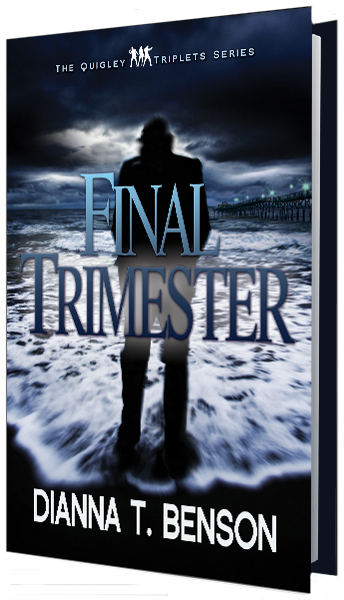A Scoliosis Journey
Posted by dtbAdmin on Jul 20, 2012 in Blog, Medical/EMS | 0 comments
If you want your character to struggle with a disease starting in childhood and worsening in adulthood, scoliosis may be the right one to choose to create long-term drama and conflict.
At age ten it increased to twenty-eight degrees, so she was placed in a full body (torso) bending brace twelve hours a day. The bending brace overcorrected her spine to allow only twelve hours per day wear versus twenty-four. She wore the brace for five years and had x-rays regularly to monitor the curvature.
When she was seventeen, her curve worsened to thirty-seven degrees. Less than a year later to forty-four degrees, which led to her five-hour surgery May 2012 performed by the top scoliosis surgeon in America who operates on professional and college athletes.
Her freshman year in college (fall 2011), she started to suffer with acute back pain. A full scholarship college swimmer, she pushed through the pain during the swim season, even at ACC Championships in February and NCAA Championships in March. From fall to spring, she endured three in-hospital spinal injections, plus took pain meds and an anti-inflammatory regularly.
Due to the year of intense pain she suffered, her Virginia Tech coach was stunned by her performance at ACCs—she broke records, swam the fastest 100 backstroke time of the meet, and her performance qualified her for NCAA Championships, which is tougher to qualify for than US Olympic Trials.
The five-hour surgery on May 2 was successful—her spine is now straight and she no longer has a rotation. Due to the rotation of her curvature, her rib cage was concaved in four inches (think: thoracic spine curved to the side and twisted inward), which explains her respiratory issues through the years.
Parallel titanium rods and twelve screws now hold her spine straight in-line. Less than a week post surgery, her body rejected some of the internal stitches and caused a three-inch infection along her thirteen-inch incision. Days later, her body rejected more stitches, but antibiotics cleared the infection and she’s now on the road to recovery.
She’s battling pain as her body adjusts to the new positioning of her spine, scapulas, shoulders and rib cage as well as all the surrounding muscles, tendons and ligaments. She’s in the process of returning to her practice schedule to prepare for the US Olympic Swim Team Trials in June to compete for a spot on the 2012 US Olympic Swim Team headed to London. My husband and I simply focus on the blessing of her positive attitude and internal strength.




